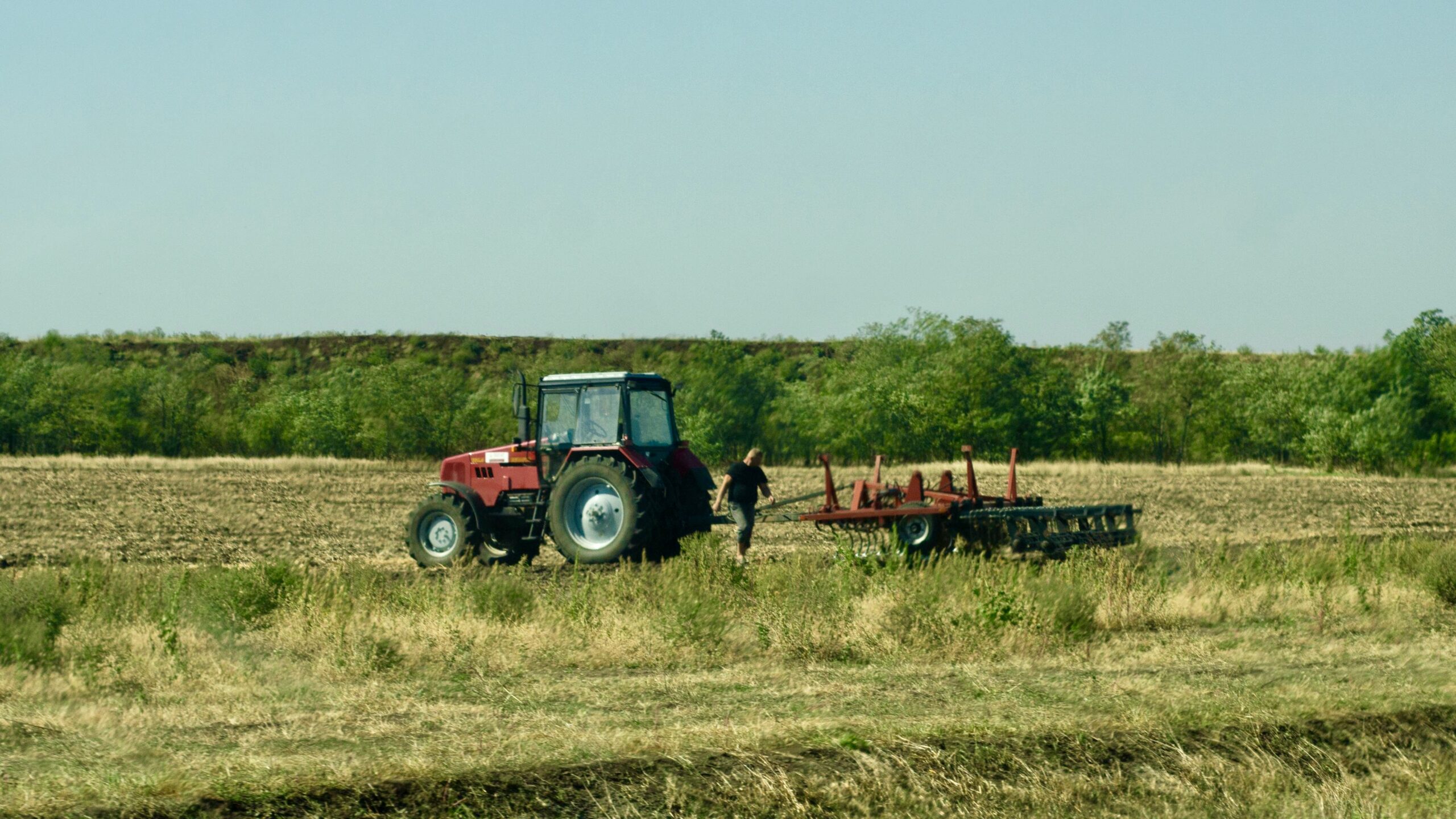The European Union’s Green Deal plan to adapt its regulations around farming to counteract climate change, which have farmers there up in arms, may start Canada’s agriculture sector looking more closely at its own practices.
Canada’s Sustainable Agriculture Strategy is a long-term plan to balance environmental improvements in agriculture by supporting farmers and strengthening the industry. But alarmingly, the plan may not have hit the balance required to ease farming’s effect on climate change.
“The record of voluntary and other soft initiatives in the ag sector in Canada is very poor in terms of outcomes,” said Mark Winfield, a professor in York University’s new Faculty of Environmental and Urban Change.
Agriculture and Agri-Food Canada, the federal department of agriculture, has set a voluntary target to reduce nitrogen emissions associated with fertilizer application by 30 per cent below 2020 levels by 2030.
Currently, there are few rules dictating how Canadian farmers must carry out their work, Winfield said. What is needed is a combination of financial incentives and regulations if Canadian farmers are to make the needed changes, he said.
“Farming is a high-impact activity (in terms of effecting the climate), and there needs to be rules around pesticides, fertilizers, nutrients (manure) and landscape management for public health, safety and environmental reasons,” he said.
The EU aims to have zero net emissions of greenhouse gases by 2050, be climate-neutral by 2050 and hit a target of 55 per cent fewer emissions by 2030, in comparison to 1990, according to the EU Commission’s website outlining the Green Deal plan.
That will call for having farmers reduce by 50 per cent their use of chemical pesticides by 2030 and reduce their use of fertilizers by 20 per cent by 2030.
It also calls for a move to more organic farming, among other changes which have driven farmers to amass in Brussels, Belgium, the EU’s headquarters, to protest changes they say will make them uncompetitive in the global market.
According to OECDstatistics, the farming sector accounts for 11 per cent of greenhouse emissions in EU.
Canada’s federal government puts its agriculture sector’s contributions to greenhouse gas emissions at 10 per cent, excluding fossil fuel use on farms and the production of fertilizer.
“There were discussions (in Canada) of attempts to reduce emissions from the fertilizer supply chain, but very strong pushback from agribusiness and some farmers” halted it, Winfield said.
“Fertilizer is surprisingly carbon intensive. There may be ways to reduce emissions through hydrogen-based processes. But I don’t know if anyone is pursuing those seriously in Canada,” Winfield said.
The agriculture sector receives a lot of government support, but there has to be a quid pro quo in terms of having rules and regulation, Winfield said.
“We need to embed climate action into the frameworks of financial support that we provide farmers,” he said.
Winfield said one would need to look very carefully to assess if Canada is doing better than the EU in terms of adjusting to control climate change.
Winfield said it may be possible for Canada to achieve what the EU is aiming for. “But very difficult for Canada if the oil sands continue to expand.”

